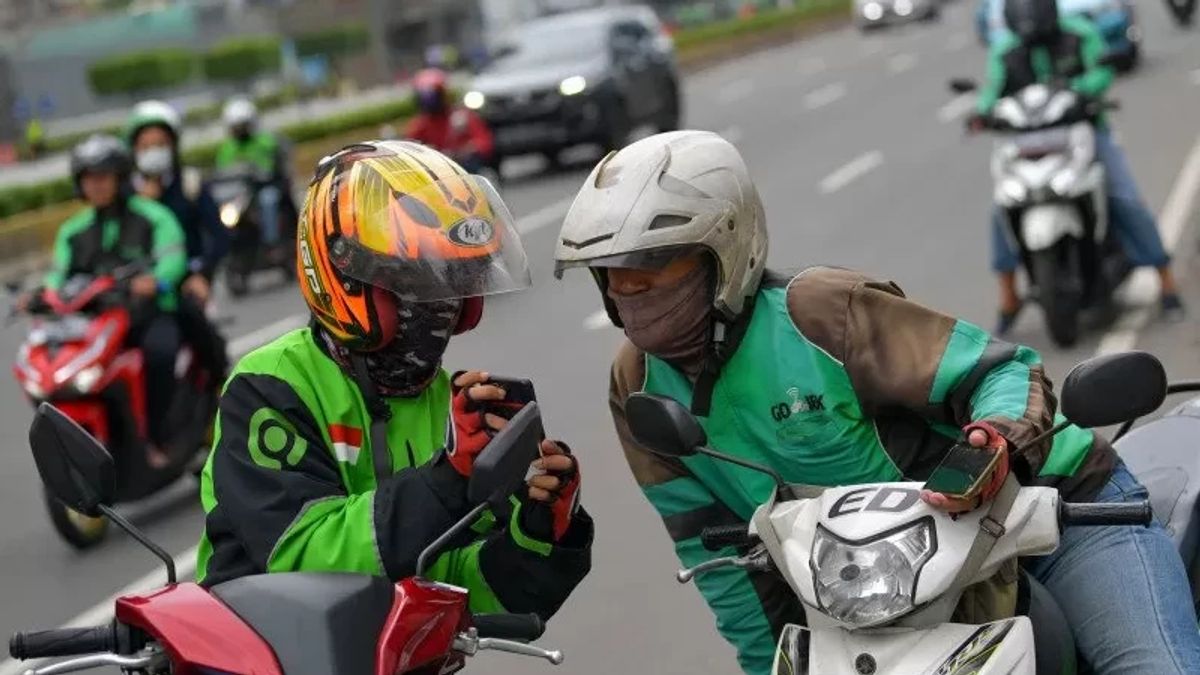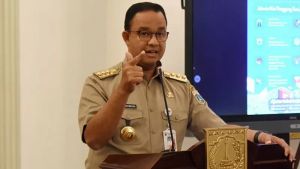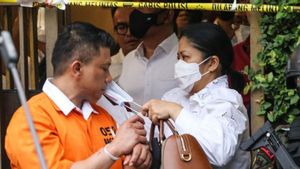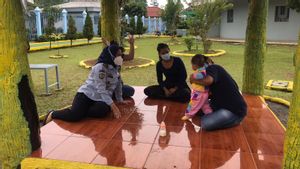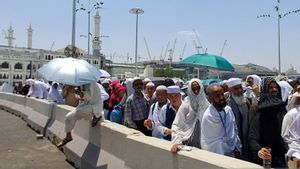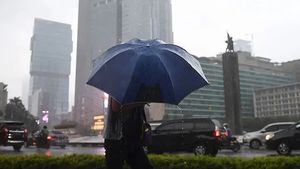JAKARTA - Gojek and Grab Indonesia have imposed new tariffs on their various services according to the increase in fuel oil prices (BBM) which has increased the capital of their driver-partners.
The latest Polling Institute survey noted that 29.1 percent of online motorcycle taxi users will remain loyal to take advantage of motorcycle taxis even though there are new rates.
The Executive Director of the Polling Institute, Kennedy Muslim, explained that the choice to continue using online motorcycle taxis (ojol), as usual, is the main option, followed by the option to use a private motorbike.
"The option to continue to use online motorcycle taxis as usual is indeed the highest, there is 29.1 percent. This shows how dependent the urban community is on online motorcycle taxi transportation," Kennedy said in his online presentation, quoted from Antara, Sunday, September 11.
The second highest response if the increase in the motorcycle rate is enforced, said Kennedy, is to use a private motorbike as much as 26.6 percent followed by continuing to use online motorcycle taxis and the combination of motorbikes itself is 14 percent, using a motorbike of 5.3 percent, or using public transportation 5.3 percent.
"Indeed, we see that those who switch to public transportation are still very small, the average is below six percent," he said.
Furthermore, Kennedy stated that the increase in online motorcycle taxi tariffs also threatened business partners themselves. For example, with a tariff increase of IDR 2,000 per trip, around 25 percent of users withdrew and switched to other modes.
Meanwhile, if the tariff increase reaches around IDR 4,000 per trip, then there may be around 72 percent of users will no longer use an online motorcycle taxi.
Therefore, although the majority of driver-partners agree/strongly agree with the increase in tariffs, it is a logical consequence as a result of the increase in tariffs receiving a very contradictory response from driver-partners.
"The majority tend to focus on the volume of orders that are not reduced without an increase in tariffs, 53.1 percent. Or even quite large, partners who prefer lower rates so that order is more, 21.1 percent," he said.
SEE ALSO:
Kennedy said the increase in fuel prices is likely to be a factor in absorbing the shift of users to other modes of transportation, especially private vehicles, due to the increase in online motorcycle taxi tariffs.
With the increase in fuel prices in the range of approximately the same, around IDR 2,000/liter, the price per liter of subsidized fuel becomes equivalent to the average price of the minimum online motorcycle taxi tariff.
"This will be a serious consideration for users, especially groups that are more likely to continue using online motorcycle taxis even though they experience an increase in tariffs (in general, this group is around 29 percent), namely women's groups, aged 31 years and over, income is getting higher, and especially those that are getting more intense in using online motorcycle taxi," he said.
Kennedy also revealed that if it is assumed that the general preferences pattern applies constant to users who tend to switch to private motorbikes, then the increase in fuel prices will at least reduce the intention of around 7-8 percent of online motorcycle taxi users who will switch to using their personal motorbikes.
The Polling Institute survey entitled "The increase in the Online Motorcycle Taxi Tariff in the User's and Driver's Side" was conducted in the period 16-24 August 2022. Because the survey was conducted before the increase in motorcycle taxi rates, the survey is expected to be able to capture public perceptions before the tariff increase.
The population of these surveys is residents who are 17 years old or older, or are married and are users of online motorcycle taxis who have traveled at least one day in the past week (or online motorcycle taxi partners) based on the application.
From that population, 1,030 respondents were selected randomly (multistage random sampling) with a base sample of 1,030 respondents spread proportionally in 31 regencies/cities, then 190 respondents were oversampled in a routine online motorcycle taxi user group, bringing the total analyzed samples to 1,220 respondents.
Meanwhile, the margin of error from the base sample size is +/3.1 percent at a 95 percent confidence level (assuming a simple random sampling).
Meanwhile, 810 driver-partner samples were selected randomly (multistage random sampling) with a margin of sample error of around +/- 3.5 percent at a 95 percent confidence level (assuming a simple random sampling).
The English, Chinese, Japanese, Arabic, and French versions are automatically generated by the AI. So there may still be inaccuracies in translating, please always see Indonesian as our main language. (system supported by DigitalSiber.id)
